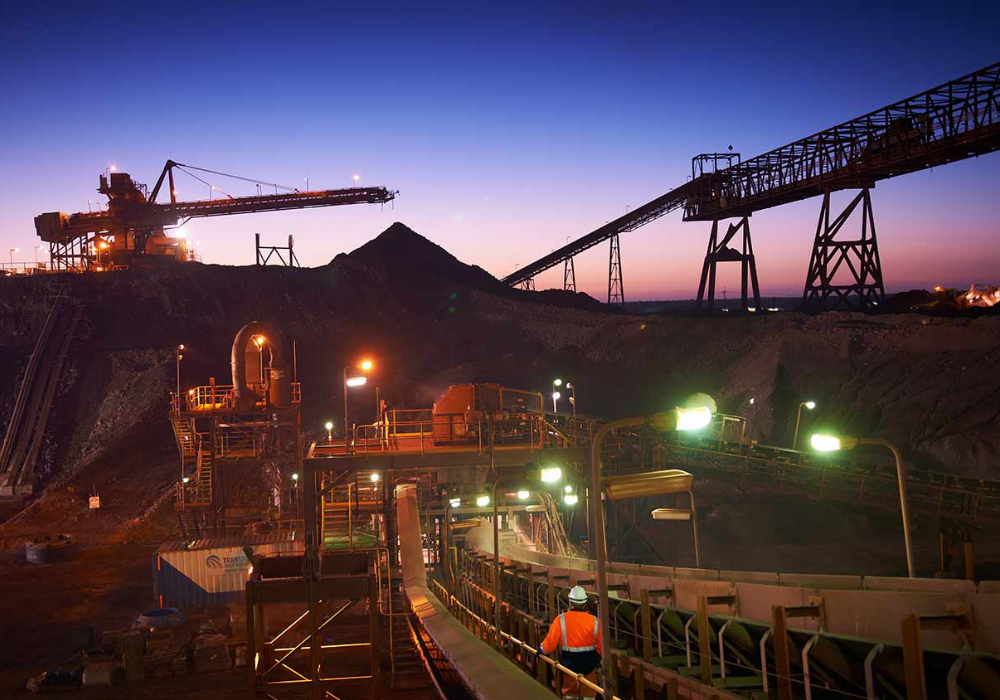
BHP recorded a 39% increase in its half-year profits, following a surge in global iron ore prices.
The Anglo-Australian multinational, which is the world’s biggest mining firm, released figures today (18 February) showing underlying net profit after tax of $5.2bn, on revenues of $23bn, for the six months ending in December.
That represents a major upturn from a year earlier, when profits stood at $3.7bn.
In its half-year update, BHP also confirmed an interim shareholder dividend of $0.65 – a $0.10 increase compared to December 2018.
Although that is the miner’s second-highest dividend payment, it is lower than the $0.71 anticipated by analysts.
BHP’s new CEO Mike Henry, who took up the role at the start of this year, said the strong half-year results were grounded in “solid operational performance”.
“From these strong foundations, we will build on our momentum to deliver exceptional performance,” he added.
“I intend for BHP to be unquestionably the industry’s best operator – safer, lower cost, more reliable and more productive – with our portfolio and capabilities fit for the future.
“We will be open to new ideas, more connected to those around us and more commercial in our thought and actions.”
How BHP recorded its profits increase
BHP recorded a profit on its operations of $8.3bn, up from $7.3bn a year earlier. This was attributed to higher iron ore prices, operational stability and favourable exchange rates.
It also noted underlying earnings before interest, taxes, depreciation, and amortisation (EBITDA) of $12.1bn, rising from $10.5bn in December 2018 – while the EBITDA margin grew from 52% to 56%.
Net debt rose 21% over the period from $9.2bn to $12.8bn, as a result of new leases in the second half of 2019.
BHP also confirmed it had paid out $6m in costs related to the 2015 Samarco dam disaster, in which 19 people died in Minas Gerais, Brazil.
The miner has been investing in restoration activities in the region as environmental and community rebuilding efforts continue.
BHP warns coronavirus could continue to impact mineral demand
Copper and iron ore prices have taken a hit following the breakout of the novel coronavirus, which originated in China and has been deemed a global health emergency.
Quarantine measures and a wider slowdown in economic and industrial activity in the country have cut demand in this important region, putting significant strain on commodity markets.
Although BHP expects the global economy to strengthen by between 3% and 3.5% this year, it warned those figures may have to be revised if the coronavirus is “not demonstrably-well contained” by the end of March.
The firm said that “while it remains early days, it is clear there will be demand loss in oil and demand deferral in steel and copper”.
The lasting impact of coronavirus is likely to depend on the speed of containment and China’s recovery, although BHP said it is “ready for whatever happens”.






